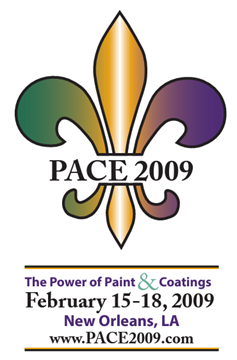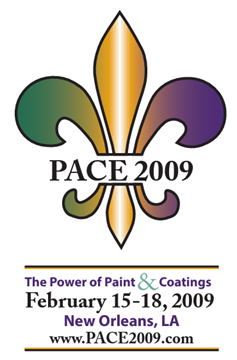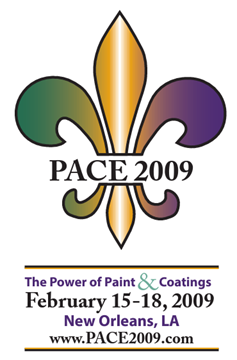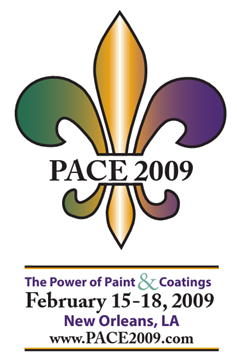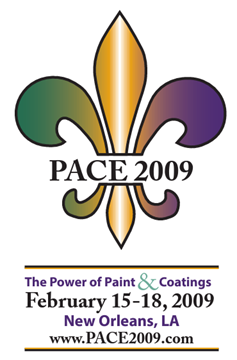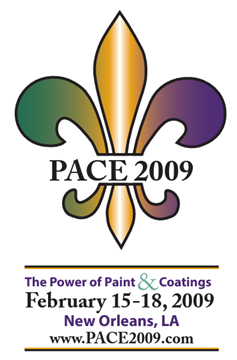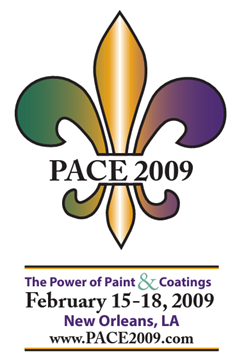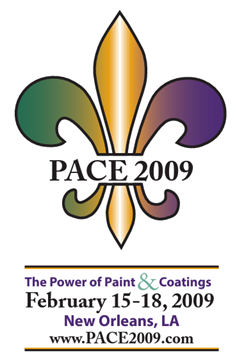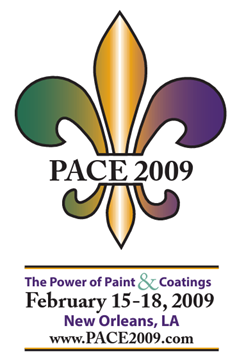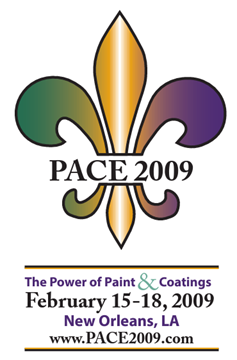Search
Products tagged with '2009 Conference Papers'
View as
Sort by
Display
per page
Lead Contractor Approval Process for Louisiana
Product Number:
41209-467-SG
Publication Date:
2009
$20.00
Major keys to Cost Effective Surface Preparation for Superior Coating Performance Corrosion Protection and Long Service Life
Product Number:
41209-505-SG
Publication Date:
2009
$20.00
Measuring the Performance of Cool-Roof Coatings
Product Number:
41209-491-SG
Publication Date:
2009
$20.00
National Shipbuilding Research Program (NSRP) Surface Preparation and Coatings Panel (SP-3)
Product Number:
41209-471-SG
Publication Date:
2009
$20.00
New Method for Etching Concrete without the Environmental Drawbacks
Product Number:
41209-483-SG
Publication Date:
2009
$20.00
New Vinyl Coating System for the Marine Industry
Product Number:
41209-480-SG
Publication Date:
2009
$20.00
New Water-Based Fluoropolymer Resins for Ultra-Weatherable Coatings
Product Number:
41209-472-SG
Publication Date:
2009
$20.00
Novel Self-Healing Chemistries for Elevated Tempurature Coating Applications
Product Number:
41209-519-SG
Publication Date:
2009
$20.00
Now You See It Now You Don’t: Waterborne Polyurethane Graffiti Resistant Coatings
Product Number:
41209-506-SG
Publication Date:
2009
$20.00
Overcoating Lead Based Alkyd Paint on Steel Penstocks: Practical Experience Using a high Ratio Calcium Sulfonate Alkyd (HR CSA) System
Product Number:
41209-498-SG
Publication Date:
2009
$20.00

